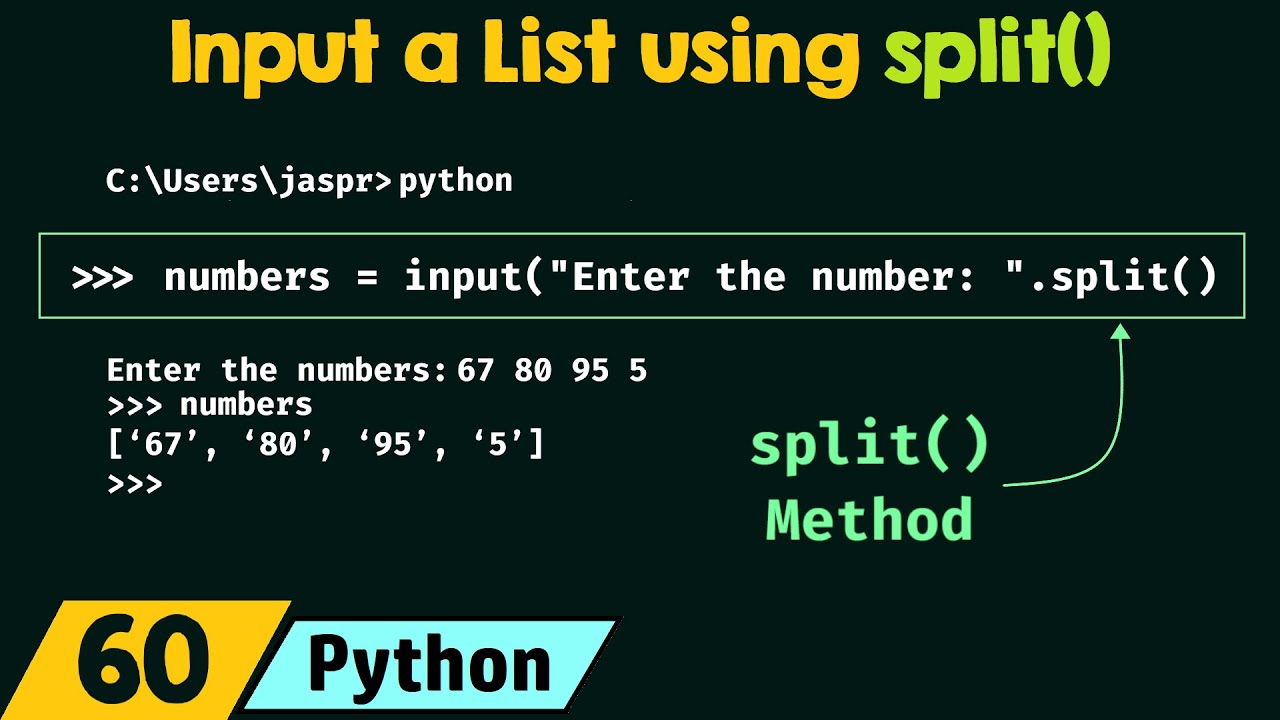How to take input and display output of different values in Python?
How to take input and display output of different values in Python?
I'd be happy to help you with that!
In Python, taking input from the user can be done using various built-in functions like input() or raw_input(). The difference between these two functions is that input() interprets the input as a Python expression and evaluates it, whereas raw_input() returns the input as a string.
Here's an example of how to use input():
name = input("Please enter your name: ")
print("Hello, " + name + "! How are you?")
When you run this code and enter "John" in response to the prompt, it will print out:
Hello, John! How are you?
The input() function can handle different types of input, including strings, integers, floats, and even Python expressions.
On the other hand, if you want to ensure that the user's input is treated as a string without evaluating any expressions within it, you could use raw_input(). Here's an example:
name = raw_input("Please enter your name: ")
print("Hello, " + name + "! How are you?")
Now, let's talk about how to display different values in Python. The easiest way is by using the print() function. This function takes a variable number of arguments and prints them out with some formatting.
Here's an example:
x = 5
y = "Hello"
z = True
print(x)
print(y)
print(z)
When you run this code, it will print out:
5
Hello
True
However, if you want to format your output in a more specific way, Python has several options for you. For instance, the format() method or f-strings (introduced in Python 3.6) can be used to insert variables into strings.
Here's an example of using format():
x = 5
y = "Hello"
z = True
print("{} is {} and {}".format(y, x, z))
When you run this code, it will print out:
Hello is 5 and True
And here's an example of using f-strings:
x = 5
y = "Hello"
z = True
print(f"{y} is {x} and {z}")
When you run this code, it will print out the same thing:
Hello is 5 and True
input().split() in python

I'd be happy to help with that!
input() is a built-in function in Python that allows you to get user input from the console. When used without any arguments, it will prompt the user for input and return what they type as a string.
Now, when it comes to split(), this is a method of strings in Python that takes an argument (which can be a character, a string, or even a regular expression) and returns a list of substrings separated by that argument. For example, if you have the string "hello,world,python", calling split(",") on it would return the list ["hello", "world", "python"].
So, when we combine these two functions together, we can use input() to get user input and then split that input into a list of substrings using split(). This is often referred to as "tokenizing" the input.
Here's an example:
user_input = input("Enter some text: ")words = user_input.split()
print(words)
In this example, we first prompt the user for some text using input(). We then split that text into individual words using split(), which by default separates words by whitespace characters (spaces, tabs, etc.). Finally, we print out the list of words.
For instance, if the user types "Hello world!", our program would output ["Hello", "world!", "] because split() separated the text into individual words using whitespace as the delimiter.
We can also customize the behavior of split() by passing in a different delimiter. For example:
user_input = input("Enter some text: ")comma_separated_words = user_input.split(",")
print(comma_separated_words)
In this case, if the user types "hello,world,python", our program would output [ "hello", "world", "python"] because split() separated the text into individual words using commas as the delimiter.
In summary, input() and split() are two powerful functions in Python that can be combined to tokenize user input and extract specific data from it. I hope this helps!





























